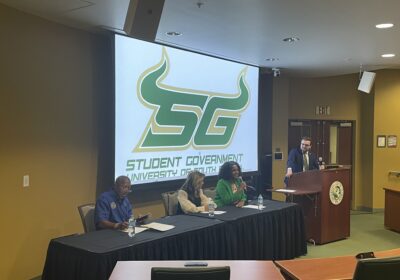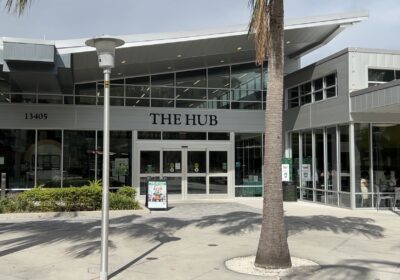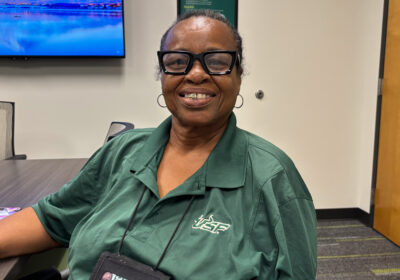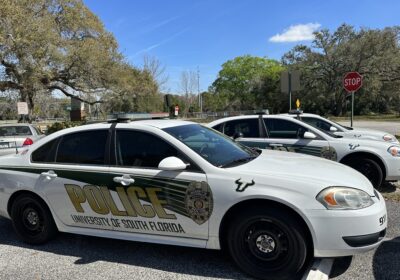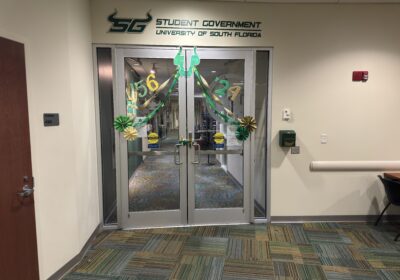USF lifts mask mandate, returns to full in-person operations starting Summer B
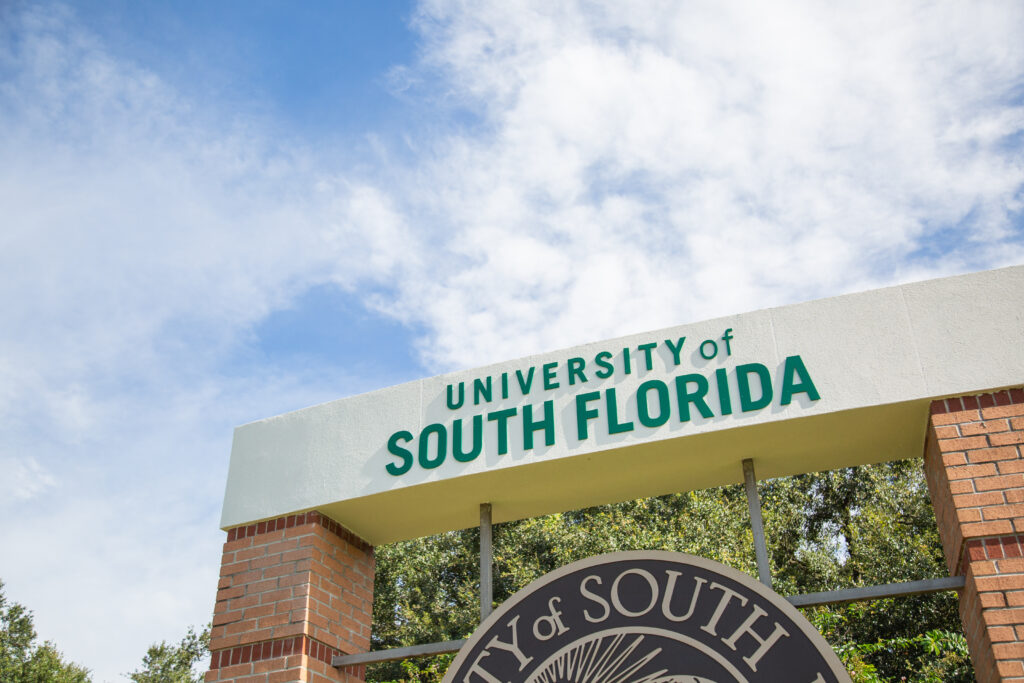
As Summer B grows closer, USF administration is determining what the operations will look like as the university moves from phase II, 50% capacity, to phase III, 75%, June 1 and full in-person resumption June 28.
The university is planning to “transition to pre-COVID operations and pre-COVID classroom capacity beginning at the start of the Summer B session June 28,” USF President Steven Currall said in a universitywide email May 6. He also said USF will be returning to full in-person athletic and social events, including stadium events.
This announcement came shortly before the Centers for Disease Control and Prevention (CDC) announced new COVID-19 guidelines May 13 allowing fully vaccinated people to enter both indoor and outdoor spaces without masks. Starting June 1, the university will not mandate masks, in line with the orders from Gov. Ron DeSantis and the CDC, according to Donna Petersen, dean of the College of Public Health.
“We drafted a message [May 18] to remind people that vaccines are widely available, urge everyone to get one and to say masks are not required for vaccinated people,” she said. “Unvaccinated people are encouraged to wear them and that’s kind of what we can say. We rely on data and we rely on directives from the government.”
The university is currently in the process of removing all signage mandating masks or social distancing, according to Petersen, but the signs reminding students to wash hands will remain.
On June 1, all university activity will be moved to phase III, the third stage of resuming normal activity that the university outlined when the pandemic began.
“Phase III is closer to being fully open and nowhere near as restrictive as our phase II has been for months and months and months. [Phase III] allows much more freedom of movement and allows people to get together,” Petersen said.
“We will allow people to not worry about being distant, but it’s not a full reopening. We’re going to continue to monitor travel and we’re going to continue to ban large gatherings.”
The key differences between phases II and III are the capacities. While phase II only allows 50% university capacity, phase III allows for 75% and the “near-full resumption of critical university operations.” The initial description of phase III written Aug. 7 stated all mitigation efforts would remain the same, but with the lifting of the mask mandate and cessation of social distancing, this part of the phase outline is no longer true.
Phase III will still allow some faculty and staff who can work productively remotely to remain home and there will be some virtual class options available, according to Petersen, for students who are not comfortable coming back.
There is no specified timeline for the university to enter into the final stage, phase IV, as it is determined by the presence of COVID-19 in the community, according to Petersen.
“The measures we’ve had in place, the data and the science tell us that the virus is still active in the community surrounding our campuses. So things are moving in the right direction, but we are not out of this yet, and so we’re not going to declare a victory,” she said.
With the June 28 resumption of pre-pandemic operations though, according to Petersen, the university will essentially resume pre-pandemic operations continuing into the Summer B and fall semesters.
“When Summer B starts on June 28, we’re expecting more people on campus. We will open up the classrooms to full occupancy, with no yellow tape across chairs to mandate social distancing, but we’ll continue to offer online and in some cases hybrid options,” she said.
“Not every employee will be back on campus but there will certainly be more than we’ve seen so far. It will be a lot more activity, a lot more movement and a lot more freedom.”
While online and hybrid classes will still be offered, Petersen said they would be reduced compared to this year. Since enrollment is still being determined, there are no final numbers yet about the breakdown, according to Petersen.
Like in-person classes, Petersen said students will be able to attend in-person club and athletic events, with no social distancing requirements, all with masks optional.
The only contingency for club events is student organizations will still have to get their event spaces approved as they did prior to the pandemic and the approval will be slightly different, according to Petersen.
“If you want to do something at the Martin Luther King Jr. Plaza, if you want to do something in a parking lot, there’s always been a process to ask for permission and we have added some health-related questions to that process so that will allow us to continue to monitor events in some capacity,” she said.
Movement will be largely unrestricted and all three campuses will be at full capacity, but students will still have to complete the COVID-19 Daily Symptom Check in order to obtain a campus pass.
“We intend to keep the Daily Symptom Check, that campus pass is one of our most important lines of defense,” Petersen said. “We have learned over the year that there is variable attention to [the campus pass], people aren’t asked to show it and then they wonder why they’re filling it out.
“Depending on where you go on campus, you may be asked to show it all the time or you may not have ever been asked, and so we’re working on ramping that up, because it is important, it’s, again, our first line of defense.”
Along with the Daily Symptom Check, USF will also continue the random COVID-19 testing. In a few weeks, Petersen said she will be meeting with her colleagues to decide the amount of testing that will need to be done on a weekly basis.
“I still believe the random testing protocol has been helpful to us, it has let us estimate on a weekly basis the prevalence of [the] virus on our campuses, it’s also identified some asymptomatic students, so that’s been positive,” she said.
“The surface testing we are no longer doing. No final decisions [on testing overall] have been made yet because we’d like to make it as easy as possible and as convenient as possible in a way that is the least intrusive as possible, but still get the data we need to monitor what’s going on on our campuses.”
The university is not allowed to mandate the vaccine, but Petersen said they are heavily encouraging all students, faculty and staff to be vaccinated. Vaccines will be available to students through Student Health Services from May 17 to Aug. 2.
Students can call to make an appointment for the Johnson and Johnson or the Pfizer-BioNTech vaccine between 10 a.m. and 3 p.m. at their home campuses. Distribution centers will be set up at St. Pete on Tuesdays, at Sarasota-Manatee on Wednesdays and at Tampa on Thursdays.
USF will also be vaccinating students further into the fall, according to Petersen, because some students may not have access to vaccines where they are now.
“We certainly have students coming from other countries who may not have had access to Food and Drug Administration or the World Health Organization-approved vaccines. They will be entering the country and needing to self-isolate, so we’re going to work out a plan to get them vaccines and the testing that’s required,” she said.
“We’re actually vaccinating incoming students who live in the area, they’ve been asking to get a vaccine. We fully expect there will be some students who arrive in fall and for whatever reason haven’t yet gotten the vaccine and we want to accommodate them and get vaccines to as many people as possible.”
Though many aspects of the return to campuses are uncertain, Petersen was excited at the prospect of students being able to be on campus again. She said the progress the university has made is indicative of the community’s ability to overcome the challenges of the last year.
“We are adaptable if nothing else, as a species,” she said. “We’ve learned about the virus in real time and we’ve learned about ourselves. We can be resilient, in real time. I think on the whole I’m pretty excited about going back.”

